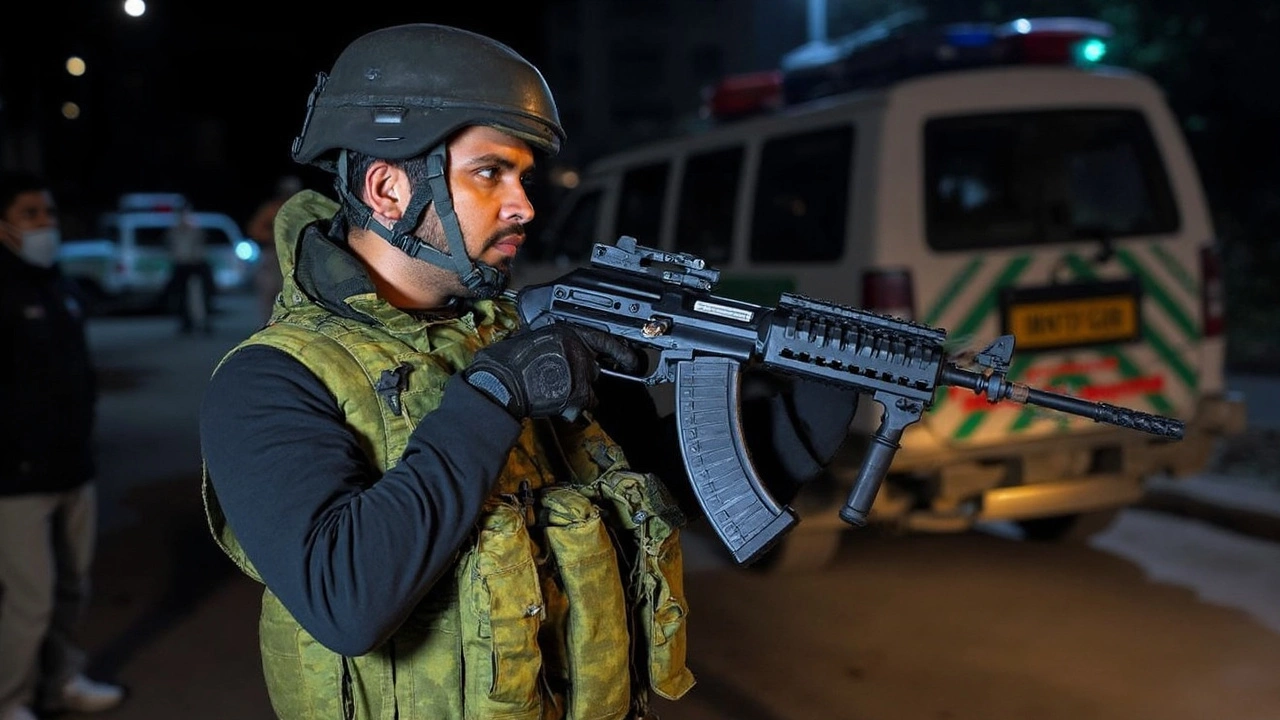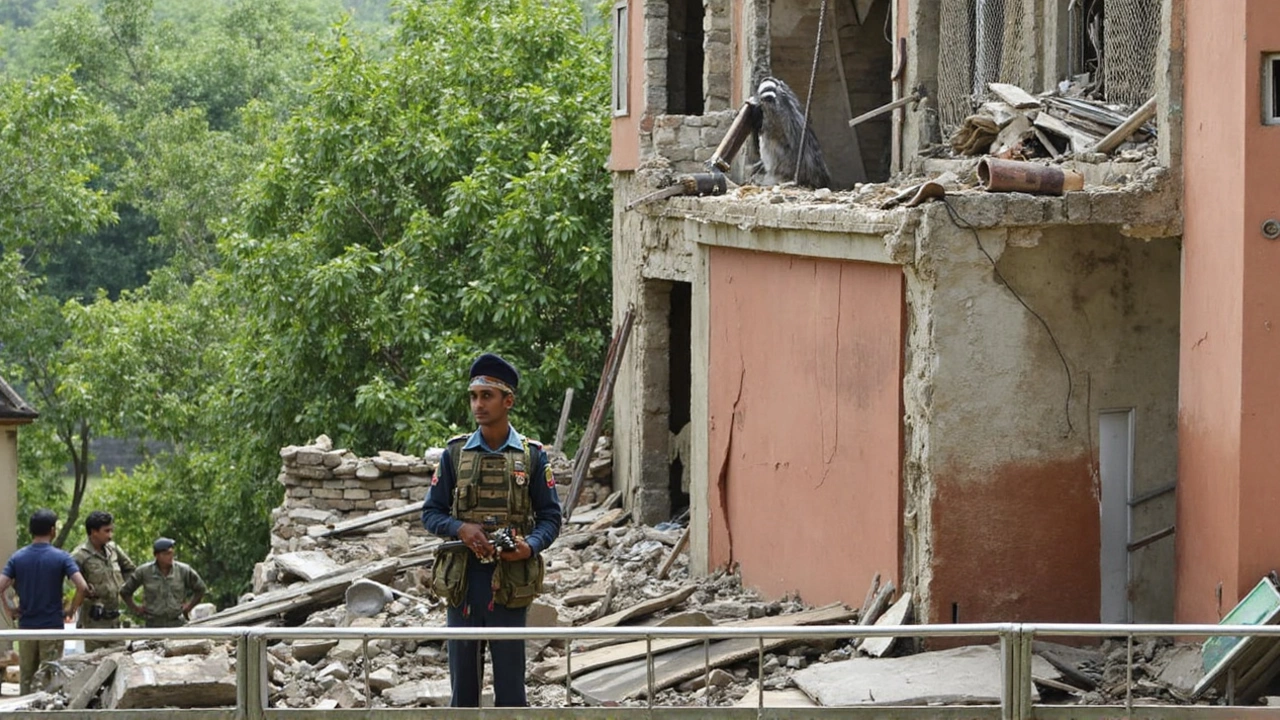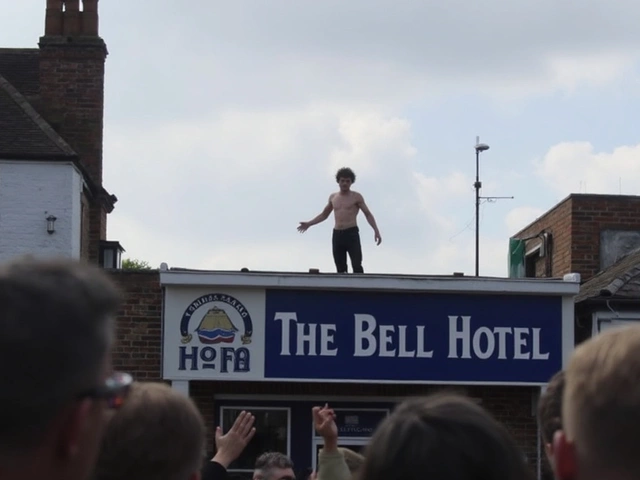Kashmir on Edge: The Spark that Ignited a Dangerous Escalation
Few regions on earth feel the weight of history and conflict quite like Kashmir. In April, a brutal terrorist attack shook Pahalgam, a valley already scarred by violence in Indian-administered Kashmir. The aftermath? The border—a line drawn in the cold shadow of three wars—became the setting for the biggest military flare-up between India and Pakistan in years.
On May 7, 2025, Indian fighter jets roared across the sky, targeting what officials described as terrorist camps deep inside Pakistan-administered Kashmir. The government in New Delhi claimed the strikes killed as many as 100 militants—figures impossible to independently verify, but headline-grabbing all the same. The message was clear: India wasn’t going to let the latest bloodshed go unanswered.
But history has shown, tit-for-tat rarely stays tit-for-tat. Pakistan's military response was swift and fierce. Missile salvos lit up the skies, causing devastation in Indian border districts and leading Islamabad to label the counterattack an “act of war.” According to Pakistani sources, 36 people were killed in just a few days, including a chilling 26 in a single night of bombardment.
The violence didn’t stop with missiles. Artillery duels intensified, with air raid sirens sounding in Indian towns near the border—a chilling reminder that here, everyday life is always half a step from disaster. Residents in cities like Amritsar and Jammu scrambled for safety as Delhi put its police and hospitals on high alert. On the Pakistani side, the incessant thud of shelling echoed through villages, with claims of shooting down Indian drones and casualties among Indian soldiers adding fuel to the fire.

Civilians Trapped and Voices Silenced: Life on the Brink
Caught in the middle, ordinary people paid the steepest price. In Uri, when Pakistani shells crashed into a home, a woman died and four others suffered injuries. Heavy exchanges in the Poonch border district left 16 civilians and an Indian soldier dead. In the thick of conflict, numbers feel impersonal, but each casualty is a shattered family, another trust lost in fragile peace attempts.
Official claims on both sides flew fast. Pakistan said its forces had neutralized dozens of Indian soldiers. India countered, insisting its strikes were focused only on military or militant targets, “neutralizing threats” while minimizing harm to civilians. But with news emerging of entire villages under bombardment, the distinction started to blur.
Kashmir’s past is one of contested loyalties and broken promises, and right now, locals are once again bracing for more escalation. Schools have shut their doors, shops are boarded up, and lines form at shops for basic supplies. At night, families huddle together, listening nervously to faraway gunfire and rumors of troop buildups. The fear that things could spiral—even to the point of nuclear confrontation—feels more real than at any point in recent memory.
If guns and bombs were not enough, another front opened up—online. As panic over fake news and rumors swirled on social media, the Indian government ordered thousands of accounts blocked, including those of international news outlets and regional reporters. X, the platform once called Twitter, publicly accused Indian authorities of censorship, warning that crucial voices were being silenced just as Indians and Pakistanis needed accurate information the most.
The Kashmir region stands at the heart of the storm. Talks about peace seem far away, while the world anxiously watches two nuclear-armed countries edge closer to a confrontation nobody wants. Inside Kashmir, people wait—hoping, somehow, the guns will fall silent once more.





